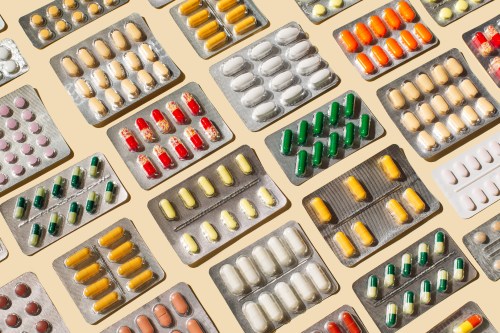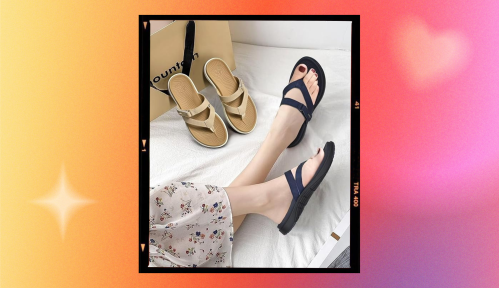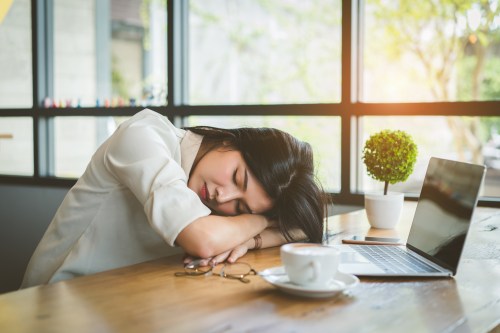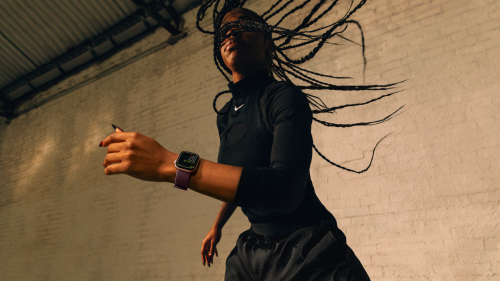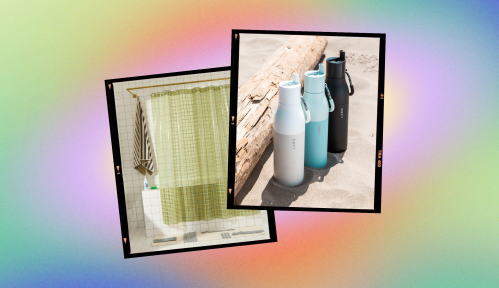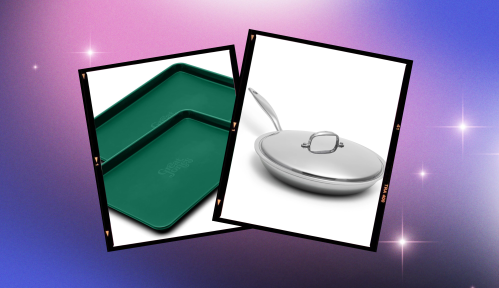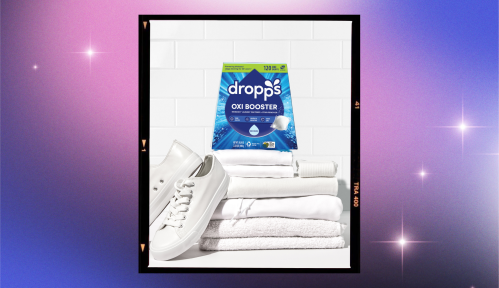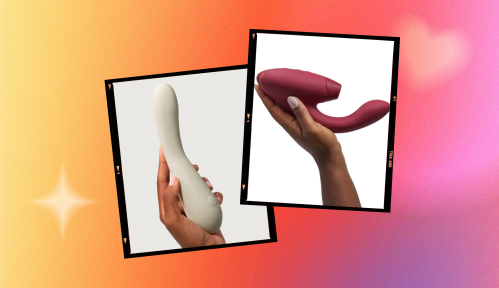Today is a landmark moment for people affected by HIV—and everyone in the world. CNN reports a study has found that antiretroviral therapy (ART) eliminates the risk of transmitting HIV.
The research, published in The Lancet, followed 782 positive-negative gay male couples over the course of eight years. While the couples—with one HIV-positive partner who took ART—continued to have sex without condoms, the researchers observed “no episodes of HIV transmission from the HIV-positive partners to their HIV-negative sexual partners.” (There were 15 new HIV transmissions over the course of the study, but each occurred from unprotected sex that took place outside of the relationship.) The study builds on earlier research that found similar results in heterosexual couples.
“What this study really shows is that risk of transmission is zero with ART treatment and that’s quite new and important,” Alison Rodger, PhD, co-leader of the study, told CNN. Dr. Rodger says the breakthrough means that the scientific community can turn its focus toward commencing actionable steps toward making sure those affected are informed of their options. “Finding ways to get the knowledge in practice is what we need to do next,” she says.
“What this study really shows is that risk of transmission is zero with ART treatment and that’s quite new and important.”
Accessibility is a huge issue in fighting the spread of HIV. The disease is incredibly difficult to identify in its earliest stages. It’s also unfairly stigmatized by homophobia and the general discomfort many people—particularly members of the queer community—feel about sharing their medical issues with their primary care providers.
Antiretroviral therapy is covered by insurance, but may be out of reach for people who lack coverage, particularly as the Trump administration cuts funding to various programs. A study found that the perception of cost of care is enough to keep people from getting treatment.
This most recent study’s findings will be looked back upon as a major turning point in the United States’ long-time battle against HIV/AIDS, says Myron Cohen, MD, a professor at the UNC Institute for Global Health and Infectious Diseases at Chapel Hill in North Carolina. “The results of the […] study provide yet one more catalyst for a universal test-and-treat strategy to provide the full benefits of antiretroviral drugs,” he wrote in a commentary published in the Lancet. “This and other strategies continue to push us toward the end of AIDS.”
Memorize these safe sex tips and find out why young women are routinely under-tested for STIs.
Sign Up for Our Daily Newsletter
Get all the latest in wellness, trends, food, fitness, beauty, and more delivered right to your inbox.
Got it, you've been added to our email list.

